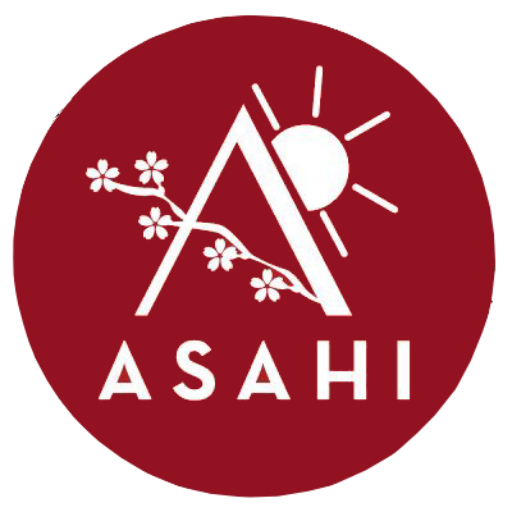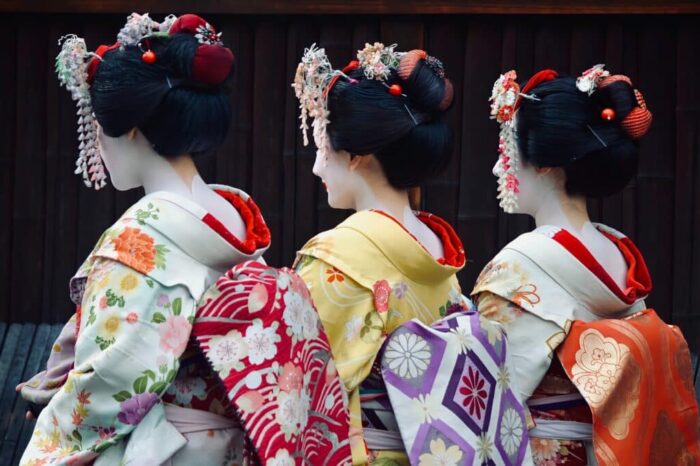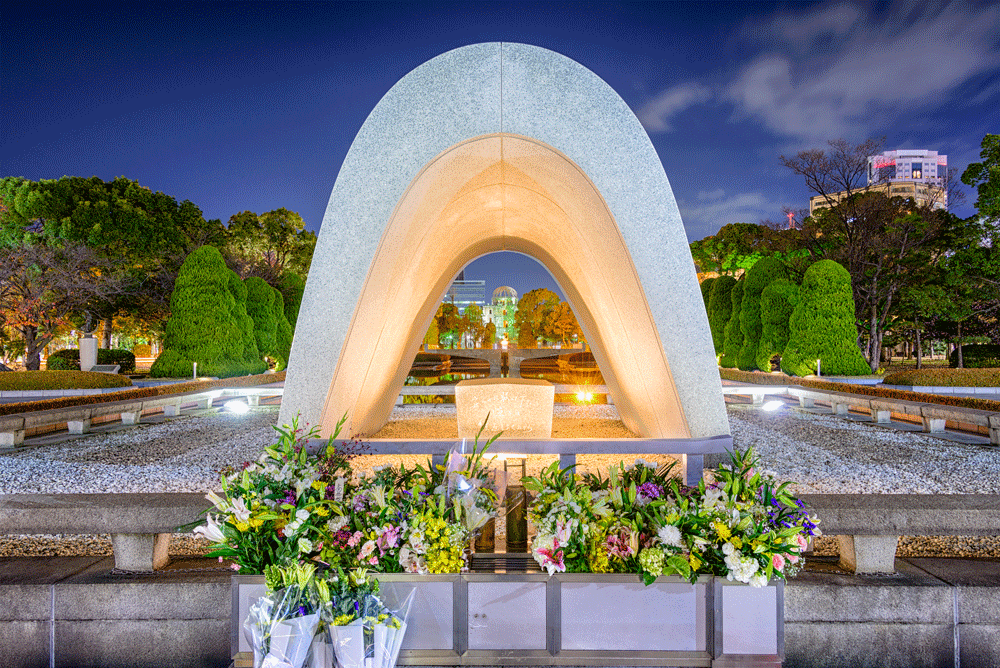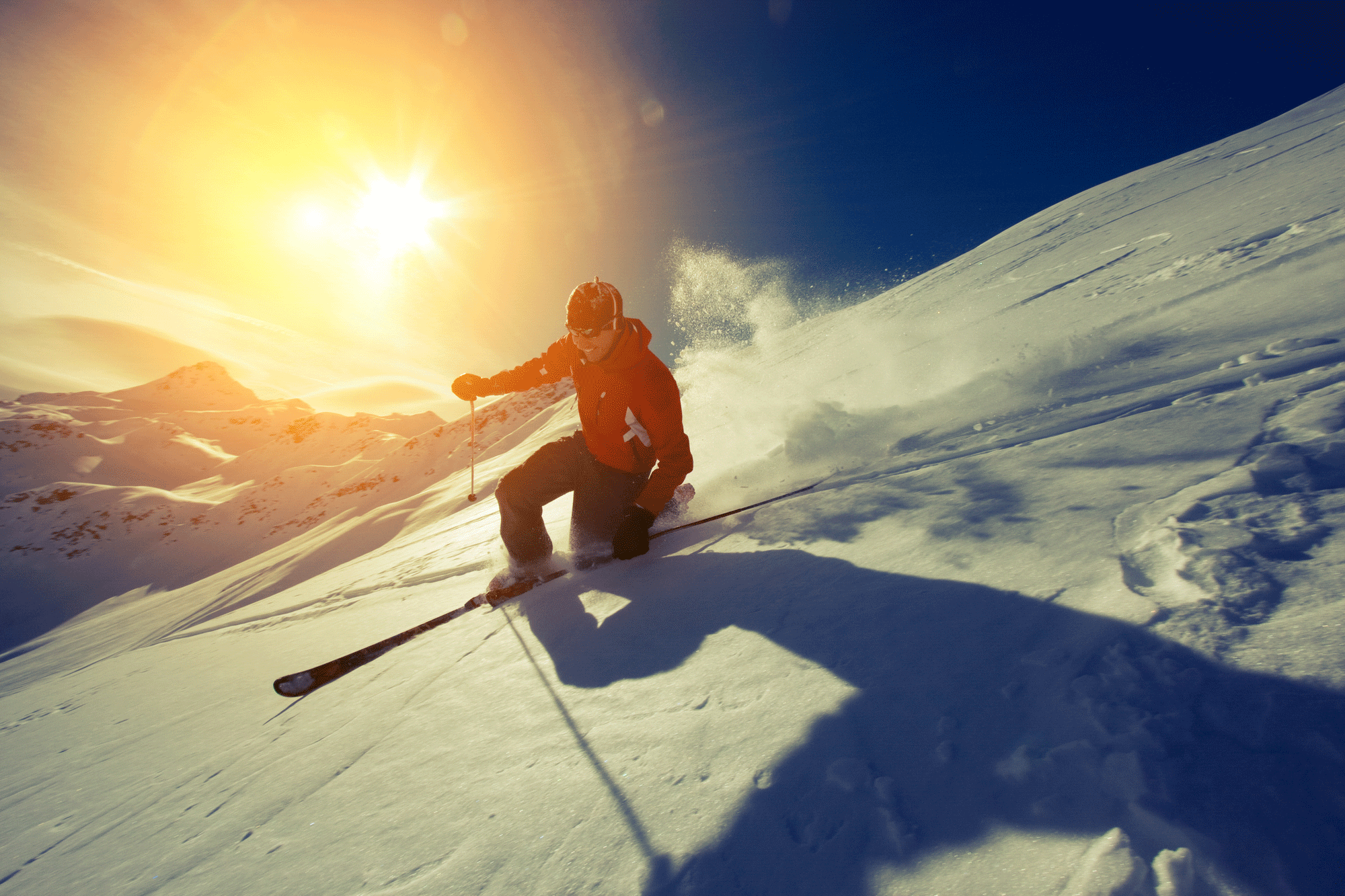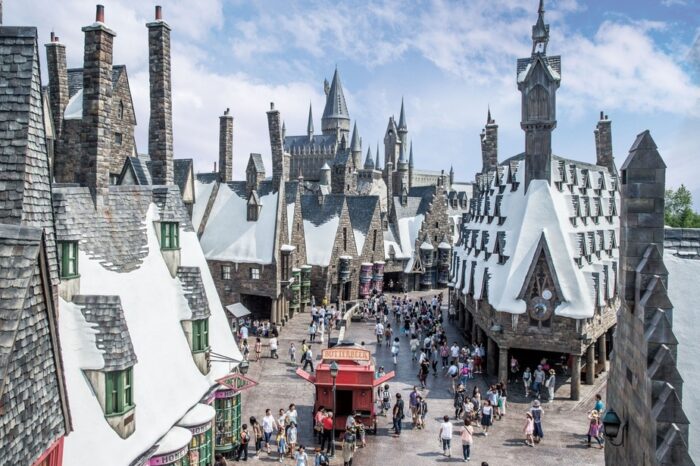- Blogs
- Culinary Delights by the Sea: Exploring Beachside Cuisine in Japan
- Seasonal Foods in Japan: What to Eat in September
- Enchanting Japanese Beaches: Your Perfect Summer Escape
- Culinary Delights by the Sea: Exploring Beachside Cuisine in Japan
- Snowboarding in Japan: Adventure Meets Culture
- Surfing in Japan: Waves of the Rising Sun
- A Bird Watcher’s Odyssey : Japan’s Avian Paradise
- Japan’s Art Odyssey: Where Tradition Meets Innovation
- Autumn Onsens: Amidst Japan’s Fall Foliage
- Japan’s Tourism Explosion In 2024
- Sapporo- Your Winter Destination
- Through the Lens- Tokyo and Kyoto
- Japanese Green Tea
- Seasons of Japan
- Destinations
- Tours
- About Us
- Contact Us
Meditation Tour Japan
The Places You’ll See:
Osaka
Osaka is Japan’s second largest metropolitan area after Tokyo. It has been the economic powerhouse of the Kansai region for many centuries. Osaka was formerly known as Naniwa. Before the Nara Period, when the capital used to be moved with the reign of each new emperor, Naniwa was once Japan’s capital city, the first one ever known. In the 16th century, Toyotomi Hideyoshi chose Osaka as the location for his castle, and the city may have become Japan’s political capital if Tokugawa Ieyasu had not terminated the Toyotomi lineage after Hideyoshi’s death and moved his government to distant Edo (Tokyo).
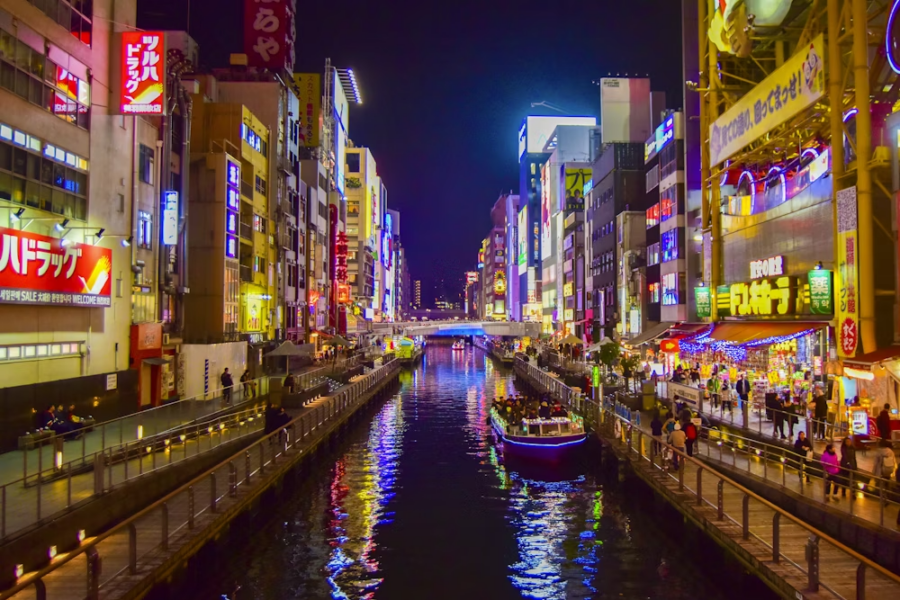
Ichinohashi Kanko Center
Lunch (Buddhist vegetarian cuisine). Buddhist vegetarian cuisine is served for lunch, so we welcome vegetarian participants.
Okuno-in Temple
The highlight of Koyasan. Walk along the 2-kilometer path to the temple in a mystical atmosphere lined with hundreds of thousands of small stone pagodas. There will be a lot of walking at each destination on this tour, so please wear comfortable shoes.
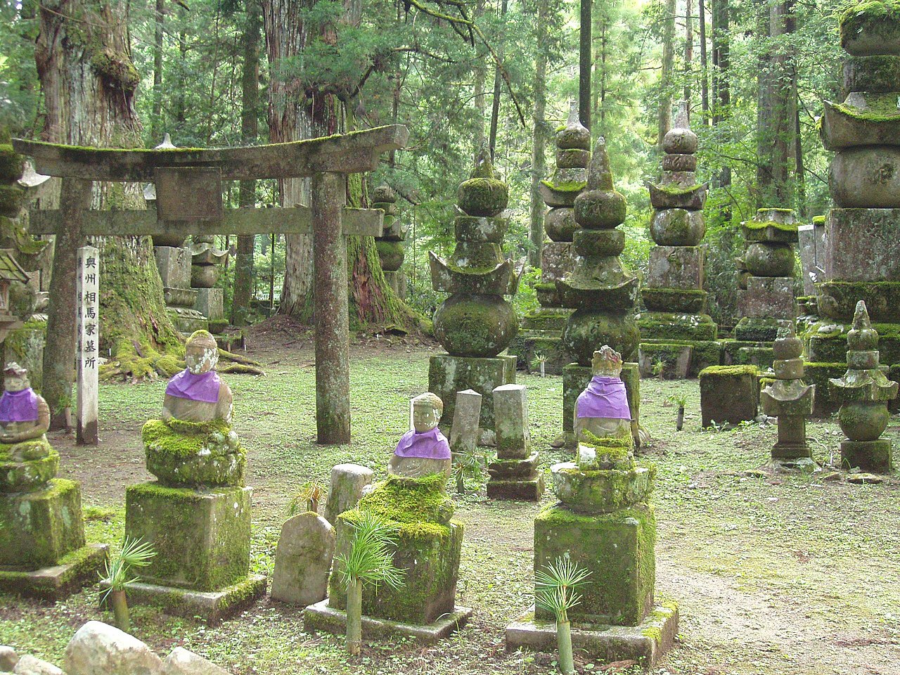
Danjo Garan Complex
The Danjo Garan Complex is a sacred place representing the concept of Shingon Mikkyo Buddhism established by Kobo Daishi (Saint Kobo).
Kyoto
Formerly known as Meaco, is a city located in the central part of the island of Honshu, Japan. It has a population close to 1.5 million. Formerly the imperial capital of Japan for more than one thousand years, it is now the capital city of Kyoto Prefecture located in the Kansai region, as well as a major part of the Kyoto-Osaka-Kobe metropolitan area. One historical nickname for the city is the City of Ten Thousand Shrines.
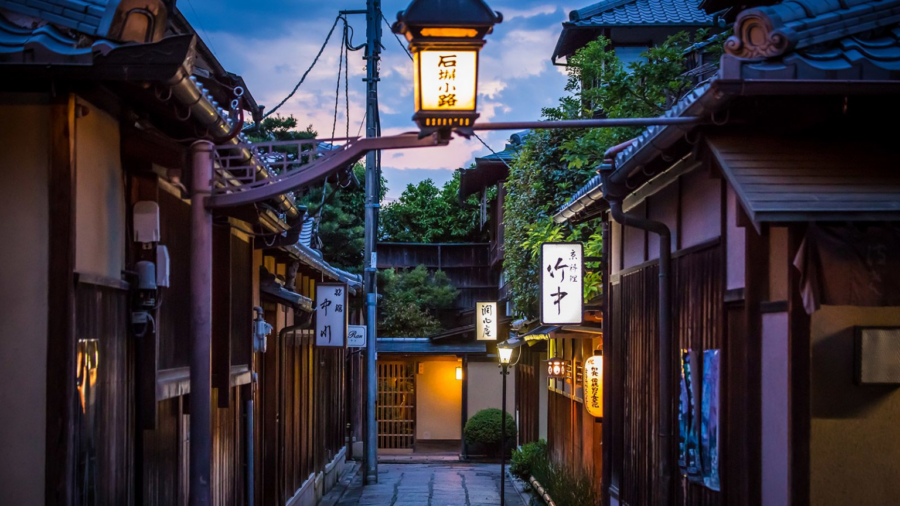
Nijo Castle
A UNESCO World Heritage Site. Tour the historical castle completed in 1626, which was built to provide lodging for Tokugawa Shogun and as a palladium for Kyoto Imperial Palace.

Kinkaku-ji Temple
A World Heritage Site, also known as the Golden Pavilion. The wooden architecture is covered in thin layers of pure gold and is surrounded by a beautiful lake.
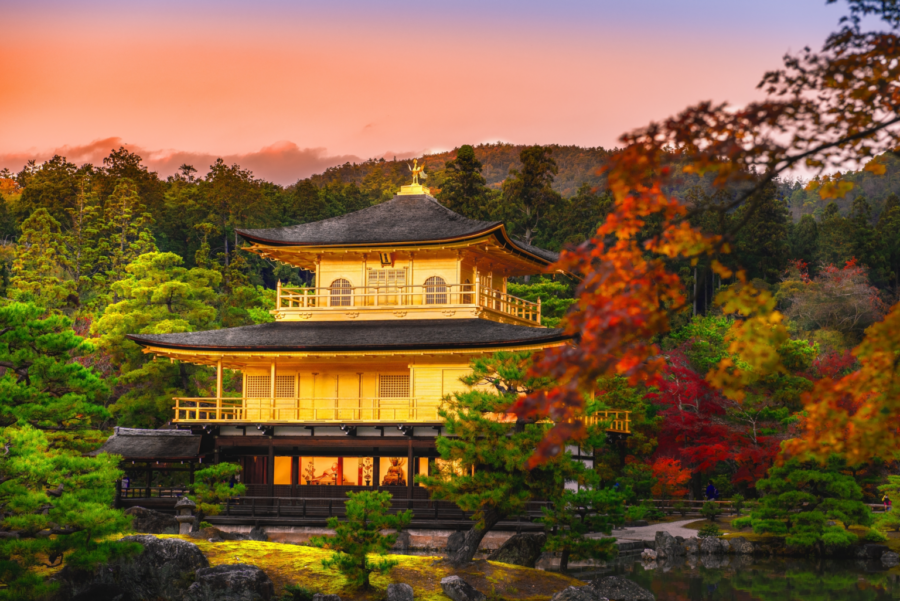
Kyoto Imperial Palace
Rich in tradition, Kyoto Imperial Palace preserves the look and ambiance of the Palace as it had been in the time of Japan’s ancient imperial dynasties. The current Palace was rebuilt in 1855 and comprises several structures–including the Shisinden, the Seiryoden, the Kogosyo, the Ogakumonjyo, and the Otsunegoten–that reflect the architectural styles of various periods.
Kitano Tenmangu Shrine
This shrine’s main hall is a designated national treasure and is famous for housing the God of scholarship. The shrine is especially great to see during the plum blossom and autumn leaf seasons.
Nara Park & Todai-ji Temple
This is the symbol of the Nara Period and one of the world’s largest wooden structures. Its huge main hall and bronze Great Buddha are impressive to behold.
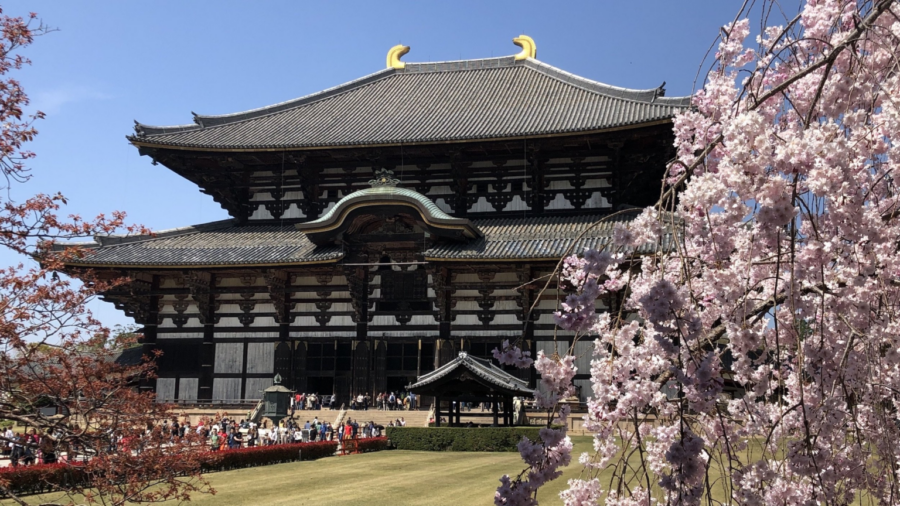
Kasuga Taisha Shrine
This Nara Period shrine is designated as a World Heritage Site. The deer of Nara Park is thought to be the shrine messengers.
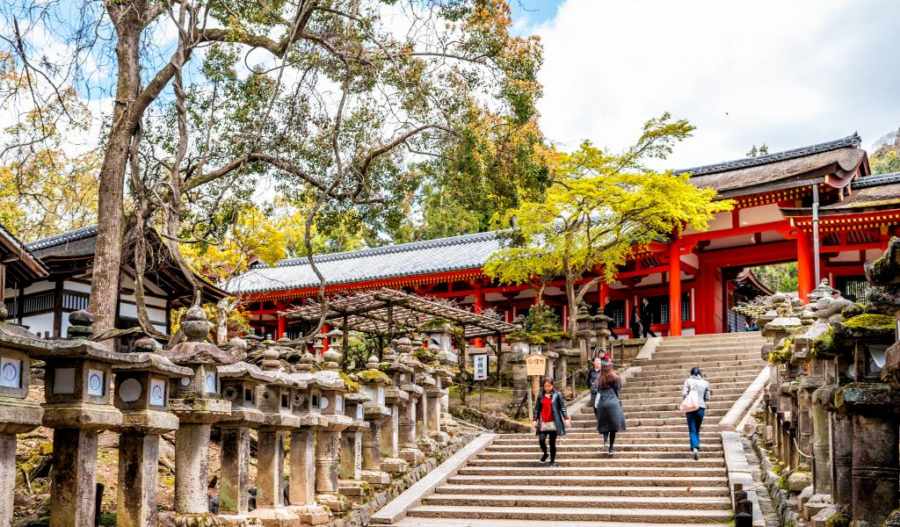
Nara Nagomikan
The largest souvenir shop in Nara. Enjoy yourself in this spacious shop and look for the perfect souvenir.
Tokyo
Tokyo is one of the 47 prefectures of Japan. Tokyo is in the Kantō region on the southeastern side of the main island Honshu and includes the Izu Islands and Ogasawara Islands. It is the capital of Japan, the center of the Greater Tokyo Area, and the most populous metropolitan area in the world. It is also the seat of the Japanese government and the Imperial Palace, and the home of the Japanese Imperial Family. Tokyo Metropolis was formed in 1943 from the merger of the former Tokyo Prefecture and the city of Tokyo.
Zen Meditation
‘Zen’ is the way the Chinese word Ch’an is pronounced in Japan. ‘Ch’an’ is the Chinese pronunciation of the Sanskrit word Dhyana, which means (more or less) meditation. Meditation is a mental and physical course of action that a person uses to separate themselves from their thoughts and feelings in order to become fully aware. It plays a part in virtually all religions although some don’t use the word ‘meditation’ to describe their particular meditative or contemplative practice. Meditation does not always have a religious element. It is a natural part of the human experience and is increasingly used as a therapy for promoting good health and boosting the immune system.
Meiji Shrine
The Meiji Shrine (Meiji Jingū) is a shrine dedicated to the deified spirits of Emperor Meiji and his consort, Empress Shoken in 1920, eight years after the passing of the emperor and six years after the passing of the empress. The shrine was destroyed during the Second World War but was rebuilt shortly thereafter.

Imperial House
The Imperial House of Japan also referred to as the Imperial Family and the Yamato dynasty comprises those members of the extended family of the reigning Emperor of Japan who undertake official and public duties. Under the present Constitution of Japan, the Emperor is “the symbol of the State and of the unity of the people”. Other members of the imperial family perform ceremonial and social duties but have no role in the affairs of government. The duties as an Emperor are passed down the line to their children and so on.
Senso-Ji Temple
The Sensoji (Sensoji was also known as Asakusa Kannon Temple) is a Buddhist temple located in Asakusa. It is one of Tokyo’s most colorful and popular temples. The legend says that in the year 628, two brothers fished a statue of Kannon, the goddess of mercy, out of the Sumida River, and even though they put the statue back into the river, it always returned to them. Consequently, Sensoji was built nearby for the goddess of Kannon. The temple was completed in 645, making it Tokyo’s oldest temple.
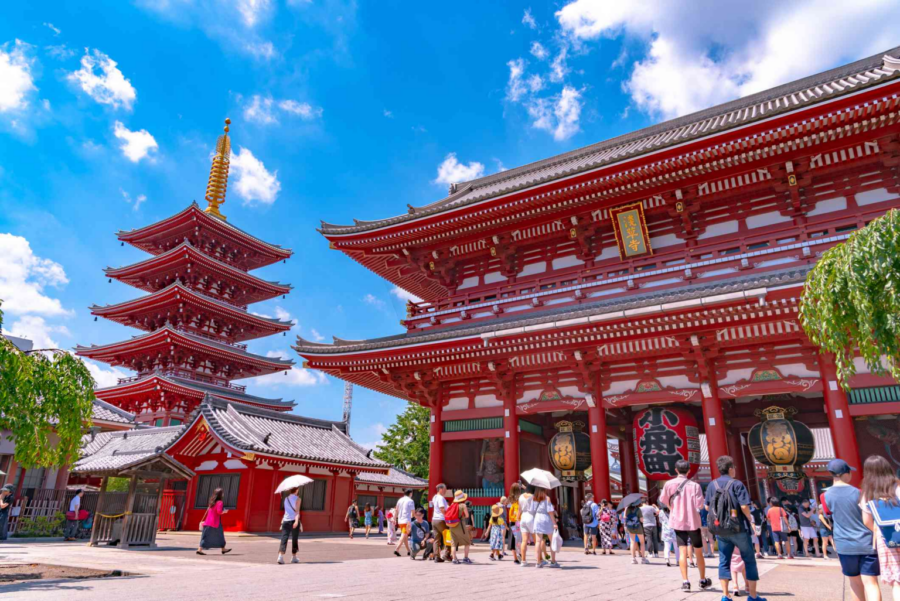
Nakamise Shopping Street
The Nakamise shopping street stretches over approximately 250 meters from Kaminarimon to the main grounds of Sensoji Temple. It is lined by more than 50 shops, which offer local specialties and the usual array of tourist souvenirs.
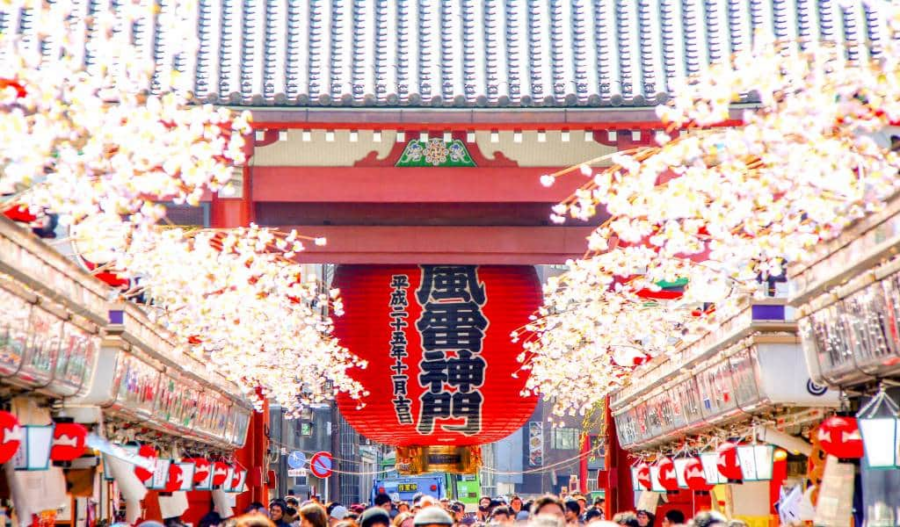
Ginza
Ginza is Tokyo’s most famous upmarket shopping, dining, and entertainment district, featuring numerous department stores, boutiques, art galleries, restaurants, nightclubs and cafes. One square meter of land in the district’s center is worth over ten million yen, making it one of the most expensive real estate in Japan. It is where you can find the infamous $10 cups of coffee and where virtually every leading brand name in fashion and cosmetics has a presence.

Hakone
Hakone is part of Shizouka Prefecture, less than 100 kilometers from Tokyo. It is famous for its hot springs, outdoor activities, natural beauty and the view of nearby Mt. Fuji. Hakone is one of the most popular destinations among Japanese and international tourists looking for a break from Tokyo.

Mt. Fuji 5th Station
Mount Fuji (Fujisan) is with 3776 meters Japan’s highest mountain, making It is no surprise that the nearly perfectly shaped volcano, has been worshipped as a sacred mountain and experienced big popularity among artists and common people.

Lake Ashi Cruise
Lake Ashi or Hakone Lake is a scenic lake in the Hakone area of Kanagawa Prefecture in Japan. It is a crater lake that lies along the southwest wall of the caldera of Mount Hakone, a complex volcano. The lake is known for its views of Mt. Fuji and its numerous hot springs. A number of pleasure boats and ferries traverse the lake, providing scenic views for tourists and passengers.

Mt. Komagatake Ropeway
The Central Alps Komagatake Ropeway, which opened in 1967 as Japan’ s first mountain ropeway line, runs up to the Senjojiki Cirque directly below Mt. Hokendake. Chuo Alps Kanko celebrated its 50th anniversary in 2013. From the top of Mt. Komagatake (elevation: 2956 m, 9698 f t.), the main peak of the Central Alps, you have access to exquisite views of not only Mt. Fuji, but also of the Southern Alps, Mt. Ontake, Mt. Norikura, and the Northern Alps. The area is also famous for being home to a treasure trove of different rare alpine flowers and other alpine plants. Take a ride on the Central Alps Komagatake Ropeway and enjoy experiencing one of the greatest expanses of natural scenery in Japan.
Our Services
We offer a comprehensive range of services to meet your travel need.

Itinerary Planning
Let us create a tailor-made itinerary that reflects your interests, preferences & budget.
Expert Guidance
Our team of experts is here to offer personalized guidance and support every step of the way.
24/7 Customer Support
Book places effortlessly with our secure platform, backed by expert support.
Travel Logistics
We handle transfers, accommodation and transport, so you just relax and explore.-
IncludedLocal transportation5 Star AccomodationProfessional GuideEntry Fees
-
Not IncludedDeparture Taxes
-

-
We are a leading Destination Management Company in Japan successfully organizing and managing FIT’s, Groups, Meetings and Customized Boutique Tours to the Land of the Rising Sun.
Level 1, 457-459 Elizabeth Street, Surry Hills, Sydney
+1 (917) 675 5515 | +61 421 670 515
info@asahitravelgroup.com
- Blogs
- Culinary Delights by the Sea: Exploring Beachside Cuisine in Japan
- Seasonal Foods in Japan: What to Eat in September
- Enchanting Japanese Beaches: Your Perfect Summer Escape
- Culinary Delights by the Sea: Exploring Beachside Cuisine in Japan
- Snowboarding in Japan: Adventure Meets Culture
- Surfing in Japan: Waves of the Rising Sun
- A Bird Watcher’s Odyssey : Japan’s Avian Paradise
- Japan’s Art Odyssey: Where Tradition Meets Innovation
- Autumn Onsens: Amidst Japan’s Fall Foliage
- Japan’s Tourism Explosion In 2024
- Sapporo- Your Winter Destination
- Through the Lens- Tokyo and Kyoto
- Japanese Green Tea
- Seasons of Japan
- Destinations
- Tours
- About Us
- Contact Us
